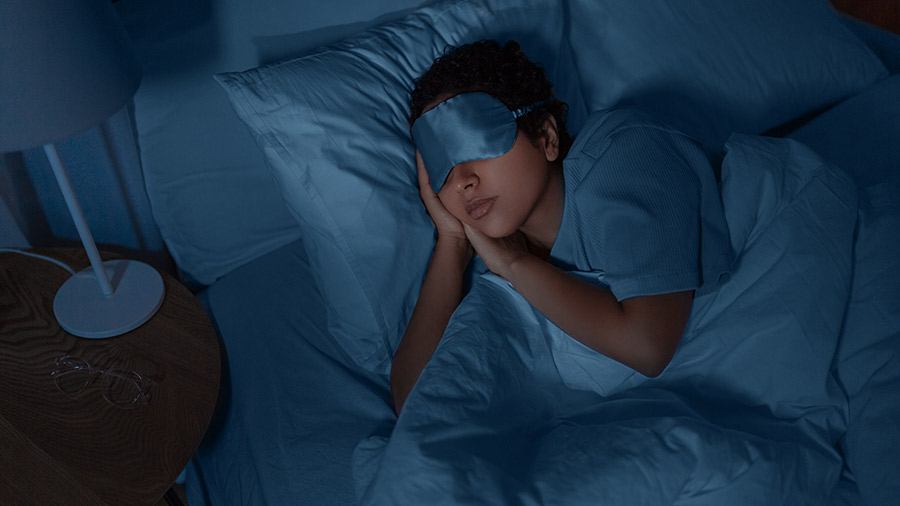For astronomers, stargazers and astrologers the lunar eclipse on Tuesday is extremely important as the November 8 blood moon is the second total lunar eclipse of 2022 and follows the Super Flower Blood Moon eclipse in May. The next total lunar eclipse after November 8, 2022 will be on March 13, 2025. There will be a second total lunar eclipse that year as well, on September 7, 2025.
Some facts
The earth will come between the Sun and Moon and the blue planet's shadow -- from a distance of 3.93 lakh km -- will shroud its natural satellite, fully or partially, depending on the angle of alignment from where it is actually seen.
In a total lunar eclipse, the moon is entirely covered by the earth's darkest shadow, called the 'umbra', and at this time, the moon appears a dark-reddish colour, or what is called the 'Blood Moon' phenomenon.
In scientific terms, it's called the 'Rayleigh Scattering'.
Kolkata and other Northeastern parts of India like Kohima, Agartala, Guwahati and other regions in the world will witness it in totality on Tuesday, the final eclipse of 2022.
While several institutes have arranged live shows for students and astro enthusiasts, several households are taking precautions to fight this “evil event”.
My Kolkata spoke to Dr Debiprasad Duari, astronomer, and Anirban Bannerjee, assistant secretary, Paschim Banga Vigyan Mancha, Kolkata zone. They gave scientific explanations to bust the myths and superstitions associated with eclipses.
Myth: Eclipse poisons food prepared during the celestial event

Representational image shutterstock
Scientific explanation: There is no scientific basis. A lunar eclipse happens when the earth comes between the sun and the moon and the earth’s shadow falls on the moon. Since the source of light for the earth and moon is the sun, every shadow is similar.
Myth: Sleeping, urination, defecation, sexual intercourse and makeup prohibited

Representational image Shutterstock
Scientific explanation: It is often said that during eclipses the activities of microbes increase. However, there is no scientific basis for this argument. If we go by that logic, then people should not be doing anything on new moon days too.
Myth: Pregnant women are susceptible to evil forces during eclipses

Representational image Shutterstock
Scientific explanation: Pregnancy has always been one of the most delicate matters and expecting moms have to take a series of precautions. Since there is no evil force at play during eclipses, pregnant women aren’t susceptible.
Myth: After an eclipse, people should take bath and wear fresh clothes

Representational image Shutterstock
Scientific explanation: In an era of such scientific advancement, Rahu swallowing the sun and moon “theory” should have no place. In ancient times, there was no scientific clarity on these subjects and hence such “theories” were floated. Since an eclipse is a temporary shadow and has no evil energy, no one needs to change their clothes before and after the incident.
Myth: Do not initiate any important work during eclipse

Representational image Shutterstock
Scientific explanation: You can start or finish any assignment during an eclipse unless you aren’t interested in watching this celestial event. There is no evil force at play.

